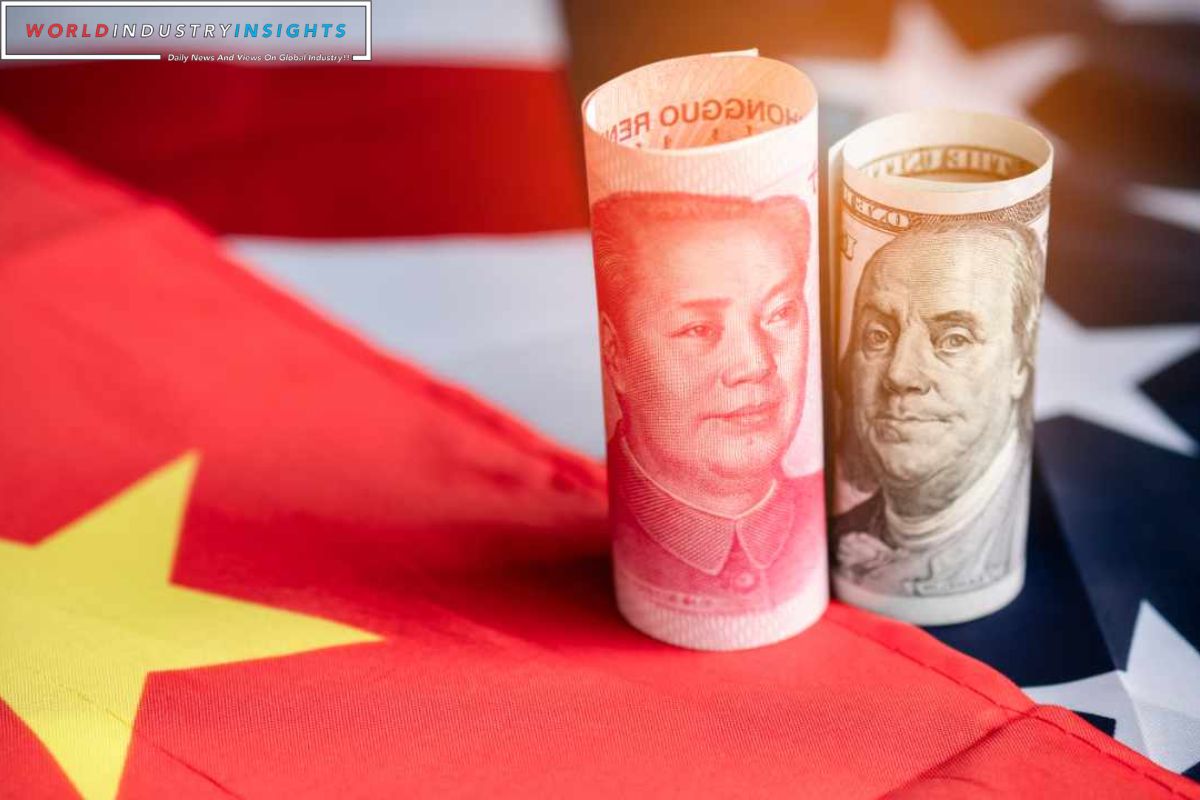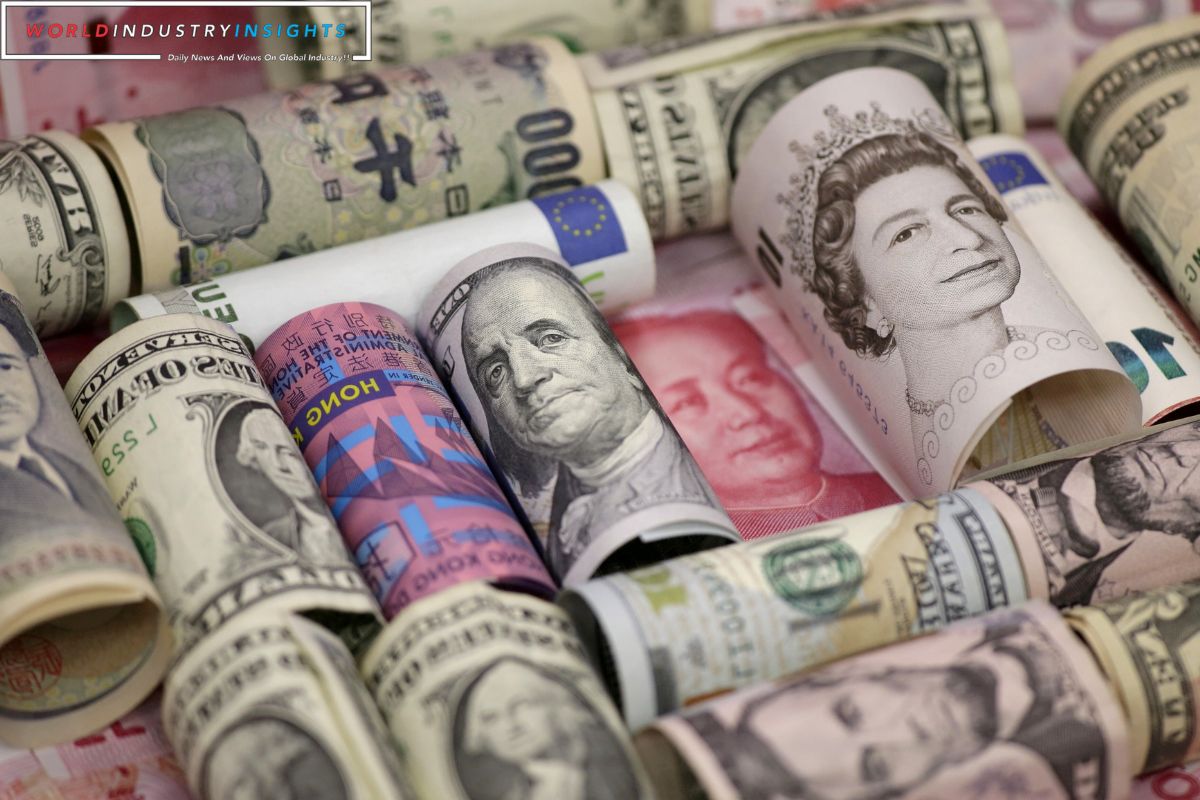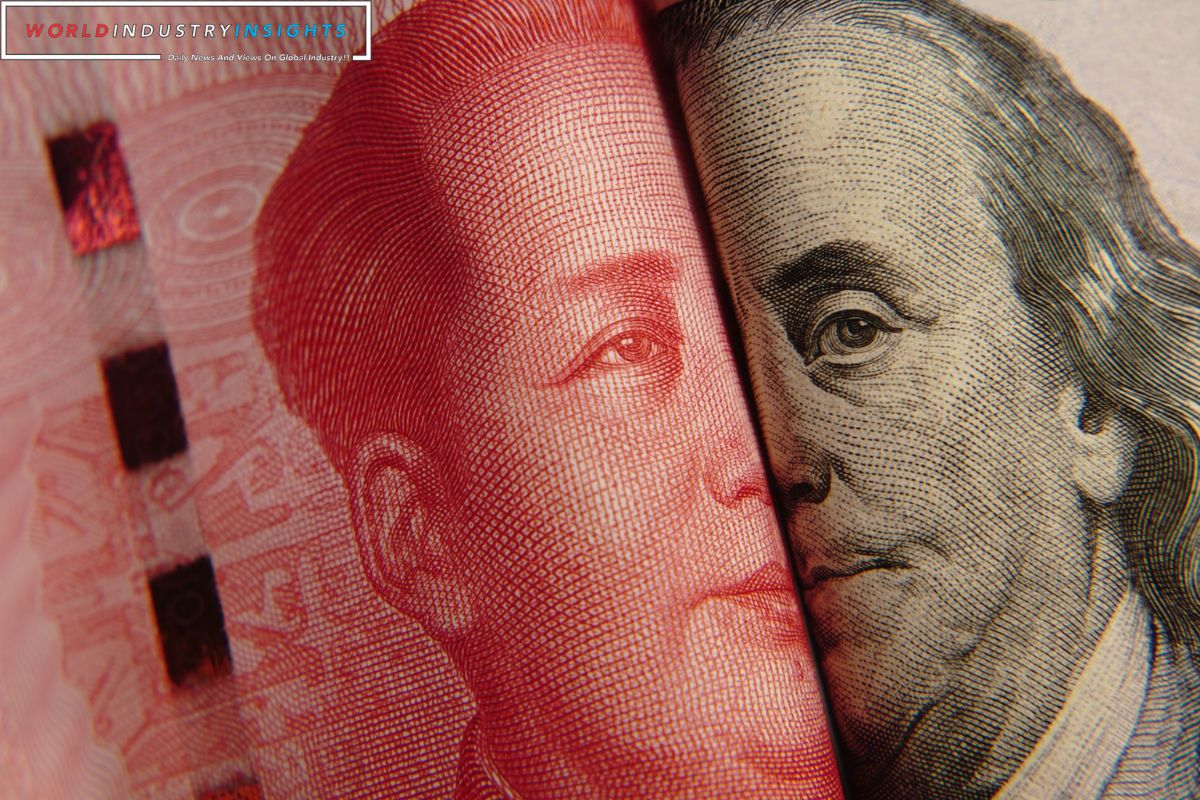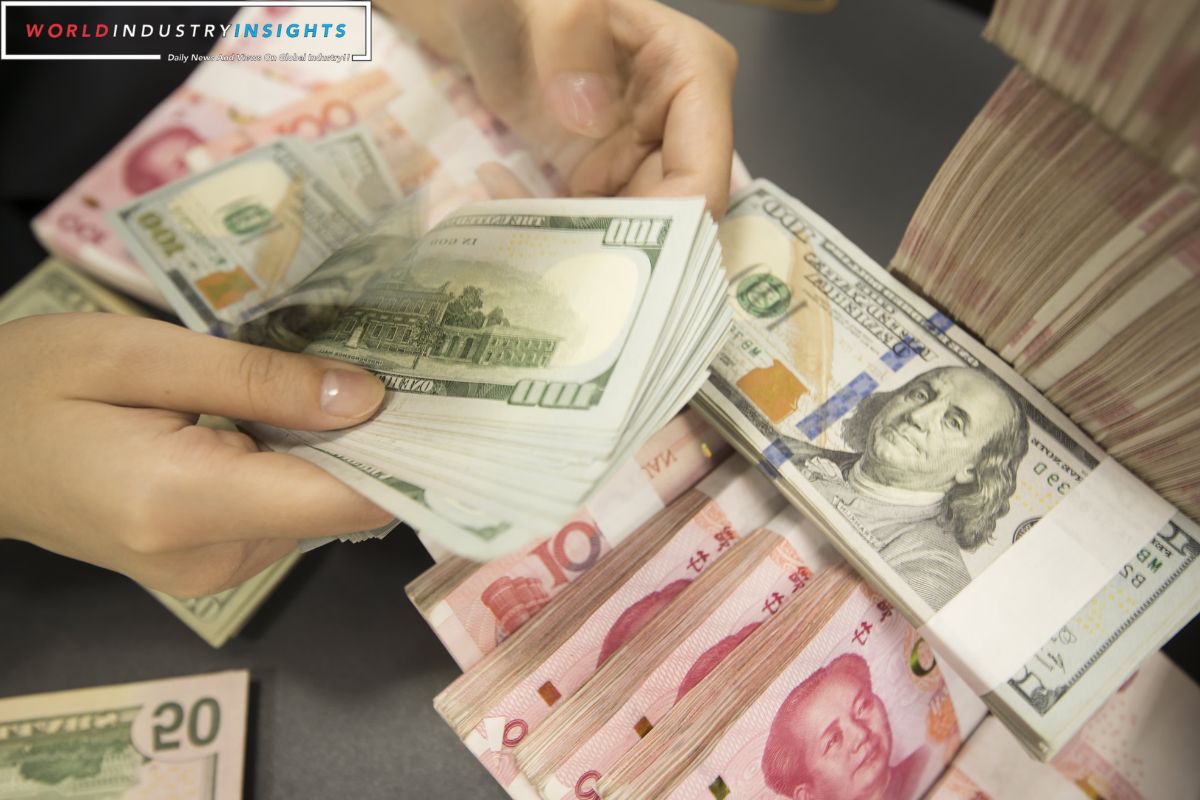Decoding China’s Currency: China’s currency has long been a subject of interest and scrutiny, particularly in the context of its efforts to prevent a yuan sell-off. In recent years, the country has made significant departures from its 2015 strategy, adopting a more coordinated approach that involves a combination of actions and market signals. This has been accompanied by the implementation of non-standard measures and targeted directions, aimed at stabilizing the currency and maintaining its standing in the global market.
The impact of these strategies has been notable, but what lies ahead for China’s foreign exchange policies? The answer to this question holds implications not only for the Chinese economy but also for the international financial landscape.
Key Takeaways
- China has adopted a nuanced and controlled approach to stabilizing the yuan, departing from the heavy-handed tactics used in 2015.
- The country is relying on moral suasion and discreet interventions by state banks to prevent yuan depreciation and maintain stability.
- Coordinated actions by regulators and state-owned banks, along with the use of market signals, are being employed to prevent turbulence and establish market confidence.
- The impact of China’s currency strategy on the market and the yuan’s global standing is a concern, as it may distort market forces and hinder the natural functioning of the foreign exchange market.
Departure from 2015 Strategy
In a significant shift from its 2015 approach, China has implemented a new strategy in stabilizing the yuan, relying on moral suasion rather than official intervention and employing orchestrated buying by state banks.
This departure from their previous strategy marks a nuanced approach to currency stabilization, avoiding the more dramatic interventions witnessed in 2015. By utilizing moral suasion, China aims to guide the market and influence investor sentiment, rather than forcefully intervening in the currency market.
Also Read: Currency Ballet: Chinas State-Owned Banks Execute Strategic Moves for Yuans Year-End Triumph
This strategy demonstrates China’s confidence in its ability to maintain stability in the yuan without resorting to heavy-handed tactics. Furthermore, by relying on state banks to orchestrate buying, China is able to exert influence on the currency without directly intervening, allowing for a more subtle and controlled approach to yuan stability.
Coordinated Actions and Market Signals
Coordinated actions by regulators and discreet interventions by state-owned banks have been instrumental in resisting yuan depreciation and signaling market tolerances. The People’s Bank of China (PBOC) has implemented at least two dozen instances of such coordinated actions to prevent the yuan from depreciating.
Market participants have reported discreet interventions by state-owned banks during periods of downward momentum, particularly when the currency approaches psychologically significant levels. By engaging in these strategies, the Chinese authorities aim to avoid the turbulence experienced in 2015. The table below illustrates the effectiveness of these coordinated actions and market signals in preventing a yuan sell-off.
| Coordinated Actions | Discreet Interventions | Market Signals |
|---|---|---|
| Prevent yuan depreciation | Support during downward momentum | Signaling market tolerances |
| Avoid turbulence | Maintain stability | Avoid white-knuckle ride |
| Resisting yuan sell-off | Prevent excessive depreciation | Establish market confidence |
| Maintain psychological levels | Counter speculative pressure | Reinforce investor trust |
Non-Standard Measures and Targeted Directions
The PBOC has implemented non-standard measures and targeted guidance to address downward momentum and contain volatility in the yuan. These measures include discreet interventions by state-owned banks when the yuan faces downward pressure.
Unlike the approach taken in 2015, which involved a 2% cut in the yuan’s midpoint, the current efforts involve more targeted directions to banks and currency market participants. State banks step in with yuan buying after significant events, aiming to contain volatility and prevent destabilizing slides.
This strategy helps to stabilize the yuan and maintain market confidence. The non-standard measures and targeted guidance implemented by the PBOC demonstrate their commitment to managing the yuan’s value and ensuring stability in the currency markets.
Impact on Market and Currency Standing
The discreet interventions and targeted directions implemented by the PBOC to stabilize the yuan have sparked concerns over the impact on China’s foreign exchange market and the currency’s global reserve status.
While these measures have been effective in stabilizing the yuan, they have also led to a significant drop in onshore yuan trading volume. This decline in trading volume has raised questions about the balance between market stability and the yuan’s standing in the global arena.
Investors and analysts are concerned that the PBOC’s interventions may distort market forces and hinder the natural functioning of the foreign exchange market. Additionally, there are worries about the impact on the yuan’s status as a global reserve currency, as these interventions may erode confidence in its stability and reliability.
As China continues to navigate its currency strategy, it will be important to find a delicate balance that ensures market stability while maintaining the yuan’s global standing.
Future Foreign Exchange Strategies
China’s approach to future foreign exchange strategies is shaped by the delicate balance between maintaining market stability and the yuan’s global standing amid domestic and global economic challenges. As the country grapples with these challenges, several key factors will likely influence its future strategies:
- Macroeconomic Factors: China will need to carefully consider the impact of evolving macroeconomic factors on its exchange rate policies, including inflation, interest rates, and economic growth.
- Market Volatility Management: The country will continue to focus on managing market volatility to prevent sharp fluctuations in the yuan’s value, which could destabilize both domestic and global markets.
- International Trade and Investment: China’s foreign exchange strategies will be influenced by its efforts to promote international trade and attract foreign investment, while also maintaining a competitive advantage in global markets.
- Currency Diversification: The country may explore diversifying its foreign currency reserves to reduce dependence on any single currency, thereby mitigating risks and increasing flexibility in its exchange rate policies.
- International Cooperation: China will likely seek to strengthen international cooperation on currency issues, including collaboration with other countries and participation in global forums, to ensure stability and promote the yuan’s internationalization.
Conclusion Of Decoding China’s Currency
In conclusion, China’s currency strategy has successfully prevented a yuan sell-off through a departure from its 2015 strategy, coordinated actions, market signals, non-standard measures, and targeted directions.
These efforts have had a significant impact on the market and have helped maintain the stability and standing of the Chinese currency.
Moving forward, China will likely continue to employ strategic foreign exchange measures to manage its currency and support its economic goals.
Our Reader’s Queries
How do you read Chinese currency?
The Renminbi currency is represented by the symbol ¥. Chinese currency notes come in denominations of 1?/?, 5?/?, 1?/?, 5?/?, 10?/?, 20?/?, 50?/?, and 100?/?. Additionally, coins are available in 1?/?, 5?/?, and 1?/? denominations.
What is the code for Chinese currency?
Discover the currency codes for various territories around the world with ISO 4217. China, People’s Republic of uses CNY for yuan, while Colombia uses COP for peso. Meanwhile, Congo, Democratic Republic of uses CDF for franc, and Congo, Republic of uses XAF for CFA franc BEAC. With 149 more rows to explore, you can easily find the currency code you need for your next international transaction.
What is written on Chinese currency?
The back of every renminbi note features the denomination and the words “People’s Bank of China” in Uyghur, Tibetan, Mongolian, and Zhuang languages. This unique feature has been a part of every series of renminbi notes.
What is the breakdown of Chinese currency?
The currency of China is known as renminbi, with yuan being the actual unit of currency. A yuan is divided into 10 jiao, and each jiao is further divided into 10 fen. Banknotes are available in denominations of one, two, five, 10, 20, 50, and 100 yuan, as well as one, two, and five jiao.




